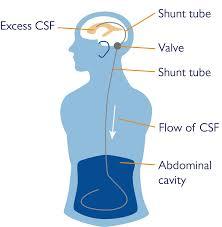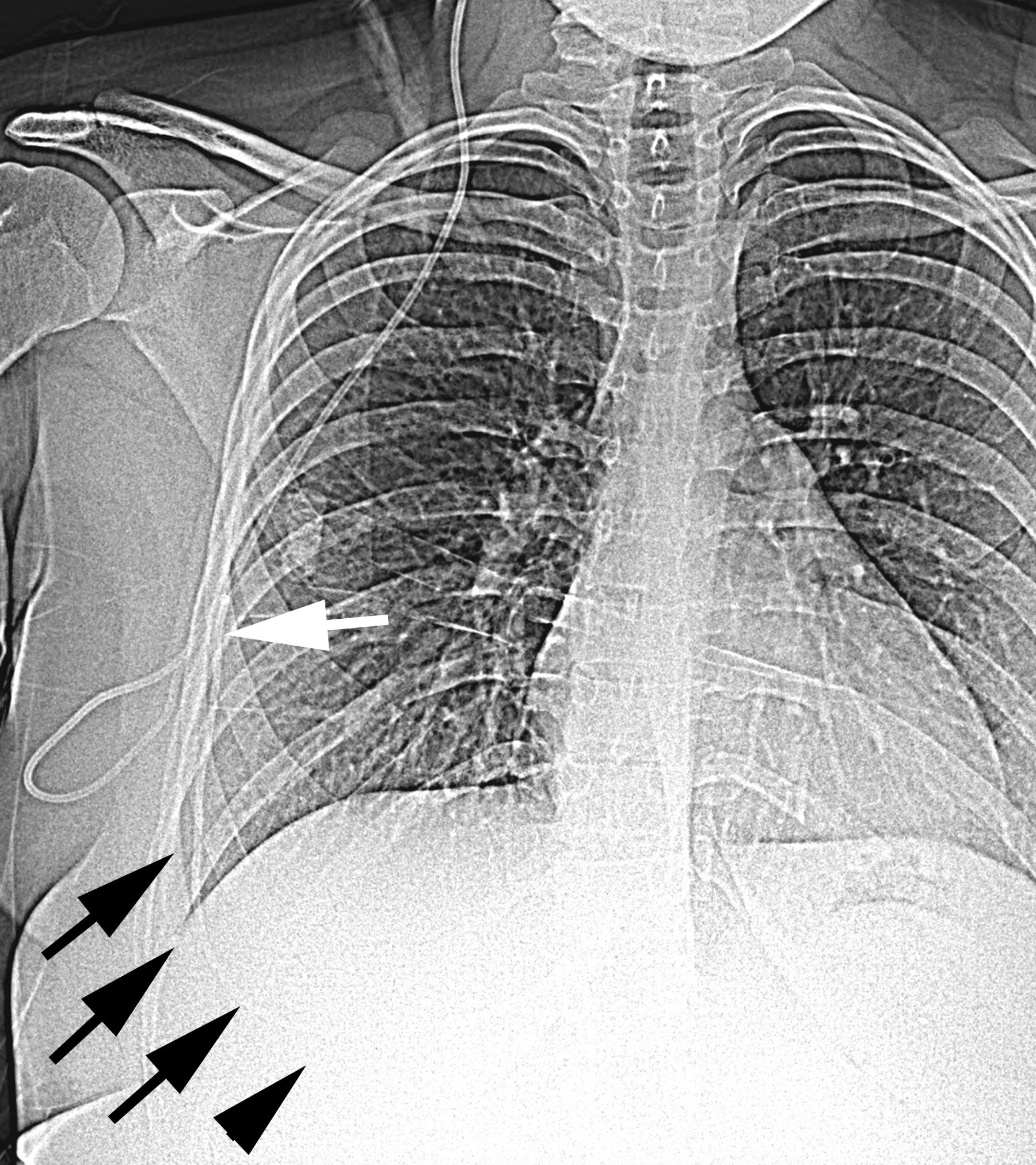VP Shunting: Relieving Intracranial Pressure and Restoring Brain Function
Learn about VP shunting, a surgical procedure used to treat hydrocephalus by diverting excess cerebrospinal fluid from the brain to another part of the body. Explore the benefits, procedure details, and recovery process of VP shunting. Understand how this intervention can alleviate symptoms and improve the quality of life for individuals with hydrocephalus.
Introduction
VP shunting is a surgical procedure commonly performed to treat hydrocephalus, a condition characterized by the accumulation of excess cerebrospinal fluid (CSF) in the brain. This buildup of fluid leads to increased intracranial pressure and can cause various neurological symptoms. In this blog post, we will explore VP shunting, its role in managing hydrocephalus, the procedure itself, and the recovery process.

Understanding VP Shunting
VP shunting is an effective treatment option for hydrocephalus, a condition caused by an imbalance in the production and absorption of CSF in the brain. This surgical intervention involves the placement of a shunt system, which diverts the excess CSF from the brain's ventricles to another area of the body, such as the abdomen or heart, where it can be absorbed.
Benefits of VP Shunting
VP shunting offers several benefits for individuals with hydrocephalus. By reducing intracranial pressure, the procedure can alleviate symptoms such as headaches, nausea, and cognitive difficulties. It helps prevent further damage to brain tissue and improves overall brain function, allowing individuals to lead a more active and fulfilling life.
The VP Shunting Procedure
Before VP shunting, a thorough evaluation is conducted, including medical history review, physical examination, and neuroimaging tests. The surgeon will discuss the procedure, risks, and expected outcomes with the patient and their family. Preoperative preparation may involve blood tests, medications, and instructions regarding fasting and medication adjustments.
VP Shunt Placement and Surgical Technique
The VP shunting procedure is typically performed under general anesthesia. The surgeon creates a small incision in the scalp, drills a small hole in the skull, and carefully inserts a catheter into one of the brain's ventricles. The catheter is then threaded under the skin, usually to the abdomen, where a valve is placed to regulate the flow of CSF. This allows the excess fluid to be drained and absorbed by the body.
Recovery and Postoperative Care
Following VP shunting, the patient is closely monitored in the hospital to ensure proper function of the shunt system and to manage any postoperative discomfort or complications. The length of the hospital stay may vary, but typically lasts a few days. During this time, the medical team will provide instructions for incision care, pain management, and activity restrictions.

Long-Term Follow-Up and Shunt Maintenance
After discharge, regular follow-up appointments will be scheduled to monitor the shunt's function and assess the patient's overall condition. These appointments may involve imaging tests, shunt function evaluations, and adjustments if necessary. It is important to be vigilant for signs of shunt malfunction, such as headaches, vomiting, or changes in behavior, and report them to the healthcare provider promptly.
Conclusion:
VP shunting is a proven surgical intervention for the management of hydrocephalus. By diverting excess cerebrospinal fluid and relieving intracranial pressure, VP shunting can significantly improve symptoms and enhance the quality of life for individuals with hydrocephalus. If you or a loved one is affected by hydrocephalus, consult with a skilled neurosurgeon to determine if VP shunting is the appropriate treatment option. Embrace the potential of VP shunting to restore brain function and regain a fulfilling life.
We are associated with experienced and highly skilled medical professionals. We use the latest medical technology available in the world and we provide medical services in collaboration with JCI & NABH Certified hospitals only. Our services include various types of treatment and organ restructuring and transplant.
